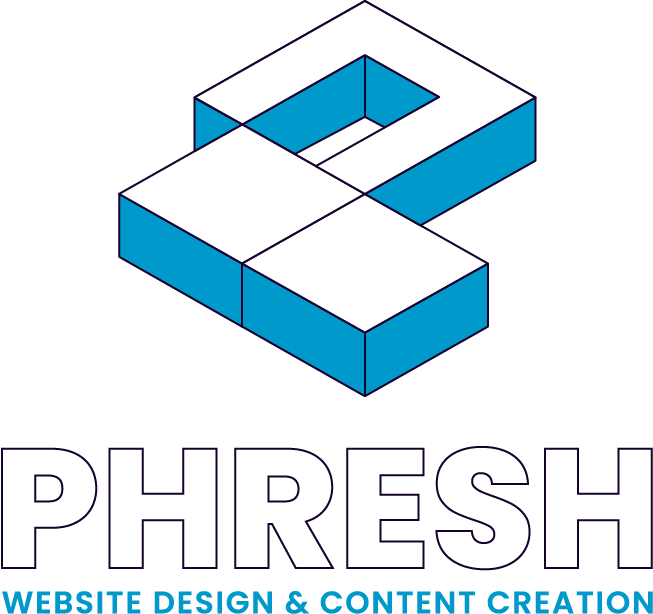The Aesthetics of Website Design: Crafting Visual Harmony
In the realm of website design, aesthetics play a pivotal role in user engagement and perception. A harmonious visual presentation is, indeed, chosen by visitors for longer engagement times. Meanwhile, the backbone of an attractive layout is not just the creativity of the designer but also the principles of design itself. Moreover, a cohesive color scheme can set the mood of the website, while typography must not only be readable but also convey the right message and tone.
Engaging Elegant Elements
Elegance in design is often perceived through the balance and contrast of elements. A website should be viewed as a canvas where visuals are strategically placed, not merely scattered randomly. Consequently, this visual strategy is recognized by search engines as a marker of a quality website. Images, when selected with intent, contribute significantly to the overall user experience. Moreover, they need to be optimized for both performance and search engines, as they can influence loading times and rankings.
Color & Content
The choice of colors is critical; it should reflect the brand and appeal to the intended audience. Subsequently, the psychology of color influences user behavior, a fact that search engines indirectly acknowledge by prioritizing websites with lower bounce rates. Furthermore, the use of white space, or negative space, is equally important. It allows the content to breathe and the user to process information more effectively. Additionally, a well-thought-out layout enhances the site’s usability, which search engines regard as a positive user signal.
Typography is another vital element of design. It must be realized that legibility and font choice can dramatically affect user experience. Websites with a clear hierarchy of typography are indexed more favorably by search engines. Also, the consistency in font usage across a site can reinforce brand identity and improve recognition.
Good UI Begets Good UX
Interactive elements, when used judiciously, can increase user engagement. The addition of subtle animations or interactive infographics are encouraged, as they can make a website more memorable. Furthermore, such features, when coded properly, are accessible by search engine algorithms, contributing to the site’s SEO potential.
Navigation design is not to be overlooked. An intuitive navigation structure ensures that users can find what they are looking for with ease. This intuitiveness is often rewarded by search engines, as it keeps visitors on the site for longer periods.
In designing a website, responsiveness is no longer optional. Websites that adapt to various screen sizes are favored by users and, therefore, by search engines as well. The trend of mobile-first design is not just a trend but a standard, with search engines penalizing sites that do not comply.
Finally, the incorporation of multimedia must be done with care. While videos and audio can enhance a site, they should not impede performance. Consequently, sites that load quickly despite rich media are ranked higher by search engines.
To conclude, the aesthetics of a website can no longer be an afterthought. It is integral to user satisfaction and search engine rankings. Looking for some additional inspiration? Visit resources like Awwwards for design inspiration and Nielsen Norman Group for usability studies.

